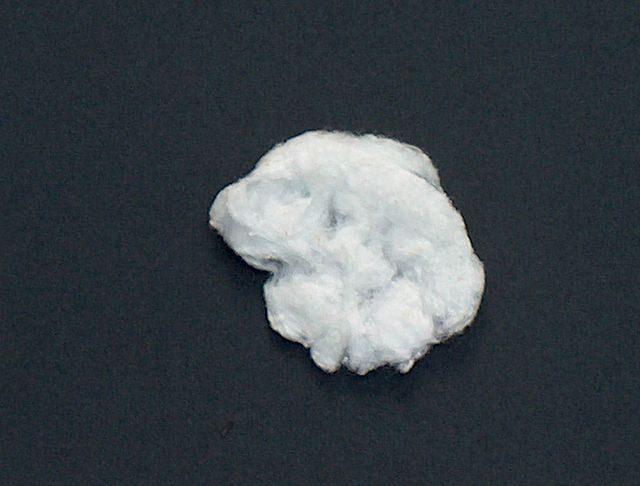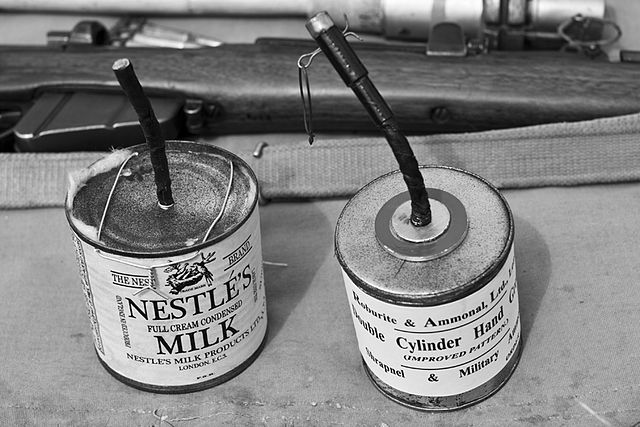Celluloids are a class of materials produced by mixing nitrocellulose and camphor, often with added dyes and other agents. Once much more common for its use as photographic film before the advent of safer methods, celluloid's common present-day uses are for manufacturing table tennis balls, musical instruments, combs, office equipment, fountain pen bodies, and guitar picks.
Celluloid and sterling silver pen.
Newark, New Jersey, industrial production complex of the Celluloid Company (c. 1890)
Old celluloid film rolls
An antique celluloid doll
Nitrocellulose is a highly flammable compound formed by nitrating cellulose through exposure to a mixture of nitric acid and sulfuric acid. One of its first major uses was as guncotton, a replacement for gunpowder as propellant in firearms. It was also used to replace gunpowder as a low-order explosive in mining and other applications. In the form of collodion it was also a critical component in an early photographic emulsion, the use of which revolutionized photography in the 1860s.
Nitrocellulose
Pure nitrocellulose
Jam tin grenades were made in World War I using gun cotton
Nitrocellulose film on a light box, showing deterioration, from Library and Archives Canada collection








